Scopula (Calothysanis) imitaria
(Hübner, [1799])
-
 Subfamily: Sterrhinae, Scopulini
Subfamily: Sterrhinae, Scopulini -
 Wingspan: 18-25 mm
Wingspan: 18-25 mm -
 Flight period: May - Sep
Flight period: May - Sep -
 Spread: Common
Spread: Common -
 Host plants: Polyphagous
Host plants: Polyphagous
Information
The Scopula imitaria also called Small Blood-vein is a moth of the Geometridae family, subfamily Sterrhinae, with a wingspan of 18-25 mm.
It is distributed in western and south western Europe, including the Balkan peninsula, Bulgaria, Romania and Ukraine. *
In Italy it is also present in the islands. *
Its range extends east to Asia Minor and Syria.
The front edge of the front wing (rib) of the Scopula imitaria forms an acute angle with the outer edge forming a sharp point.
The hind wings also form an acute angle in the center of the outer edge (a "tail").
The pattern and coloring are variable. The wings are reddish, yellowish or orange to light brown.
The sub marginal and marginal lines are almost always dark and thin. The median transverse line is clearly developed and slightly inclined diagonally to it
to the internal and external transverse line. It is slightly curved and slightly wavy and often accompanied by a distal shadow.
The internal and external transverse lines are slightly wavy (more clearly than the midline).
The hind wings have the same pattern, however they often lack the internal transverse line.
The external transverse line shows a pointed outward bulge, which follows the "tail" of the perimeter.
Discal spots are only sometimes present or weak, they are more pronounced on the back. The discal spot of the hind wings is outside the midline or "in shadow".
On the front wing it is basal to the midline.
The head, thorax and abdomen have the background color of the wings.
bivoltine moth flies in two generations from May to July and from August to September.
The adults are mainly nocturnal and can be found in uncultivated land, hedges and coastal dunes and also in deciduous woods.
It winters as a larva and pupation takes place in early spring.
The caterpillar is light brown in color with a brown dorsal line and a yellowish belly, it may have some black lateral spots. **
The pupa is yellow with the area of the abdominal bands brown to darken near the Cremaster.
The larva is polyphagous and feeds on Ligustrum, Clematis, Lonicera, Galium, Erica, Crategus, Rubus etc.. ***
* Lepidoptera mundi https://lepidoptera.eu/ - Fauna Europea https://fauna-eu.org/
** Bestimmungshilfe für die in Europa nachgewiesenen Schmetterlingsarten - http://lepiforum.de/
*** Roland Robineau, Guide de papillons nocturne de France, Delachaux et Niestlé, 2011 p.44
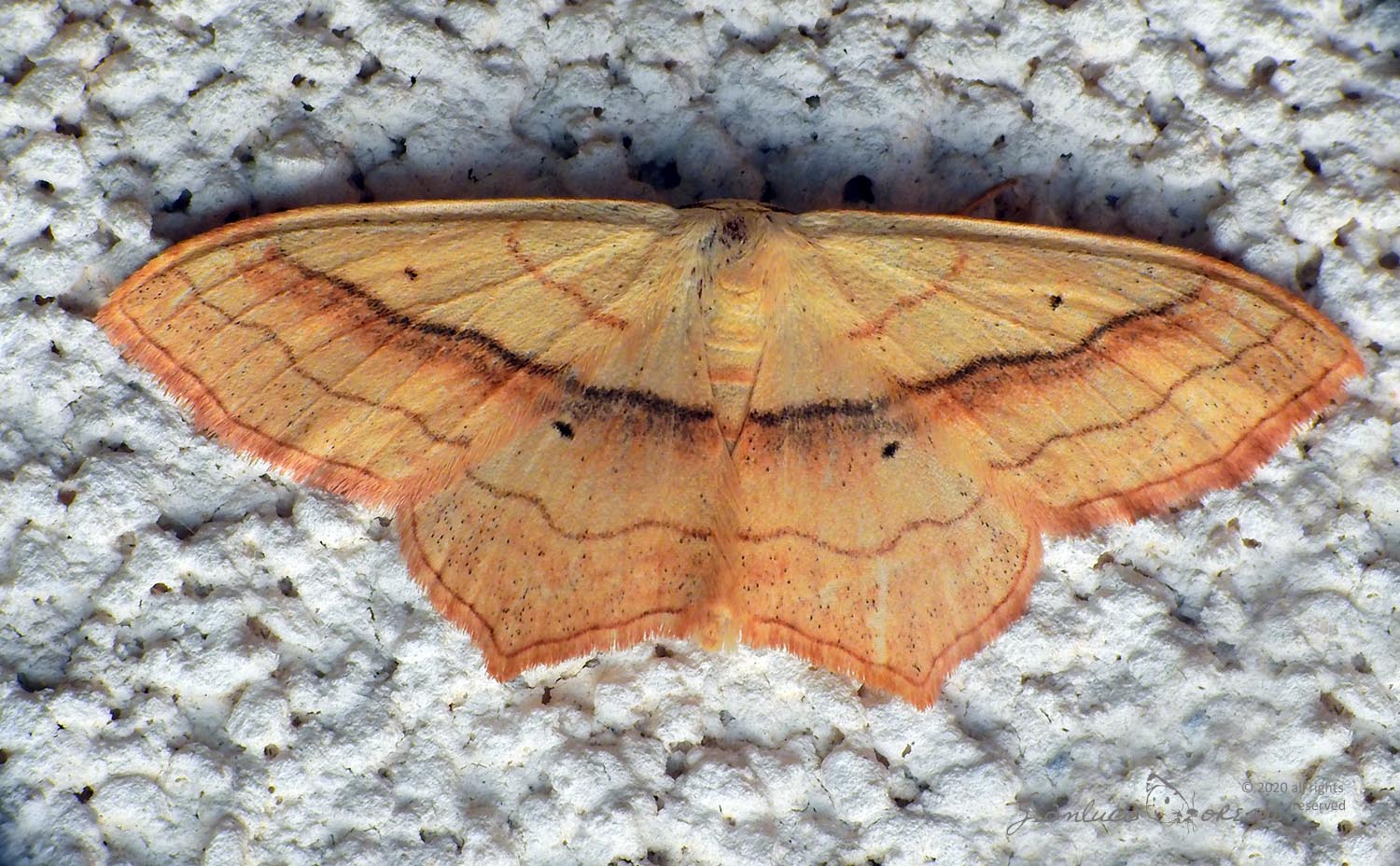
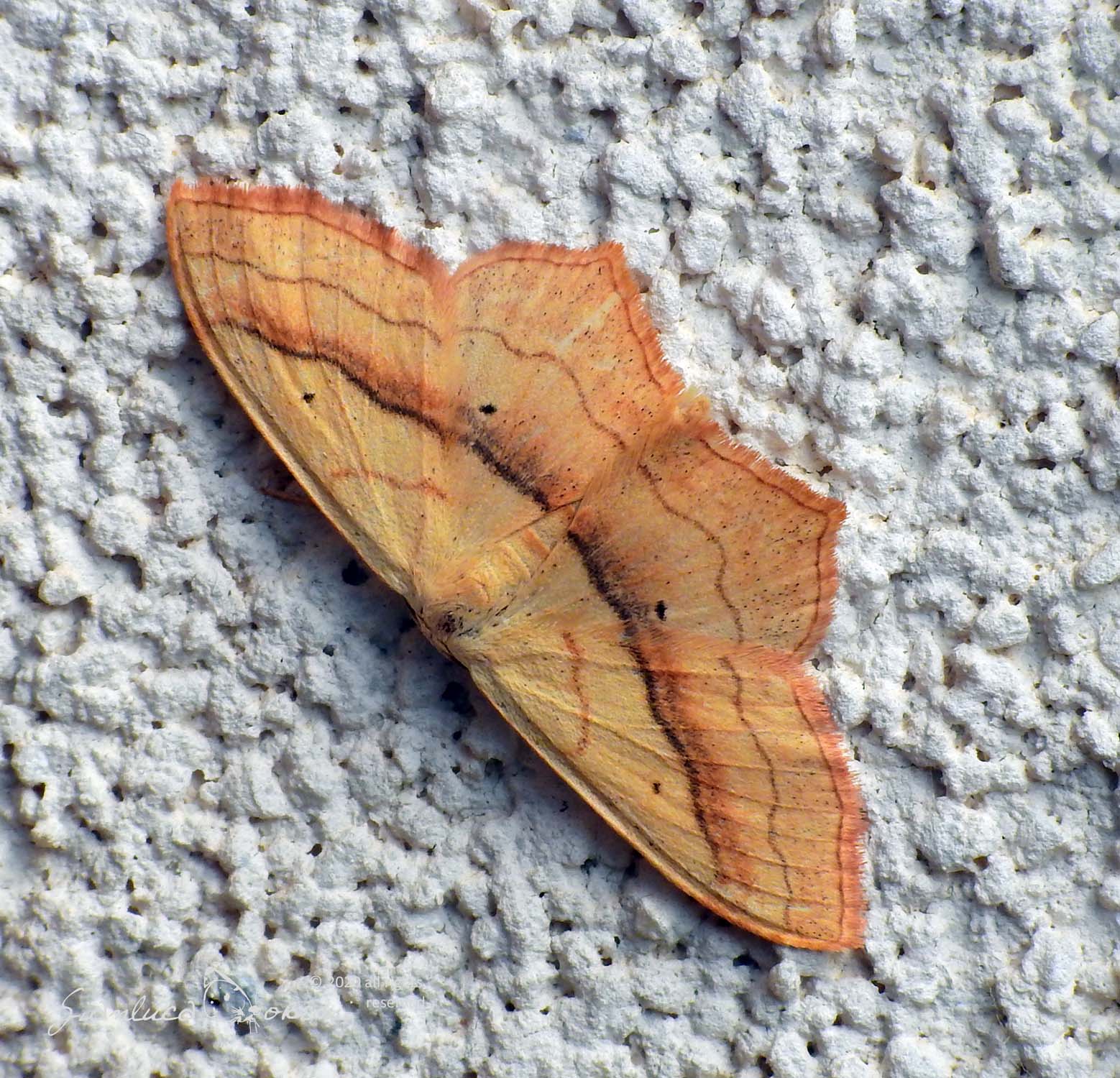
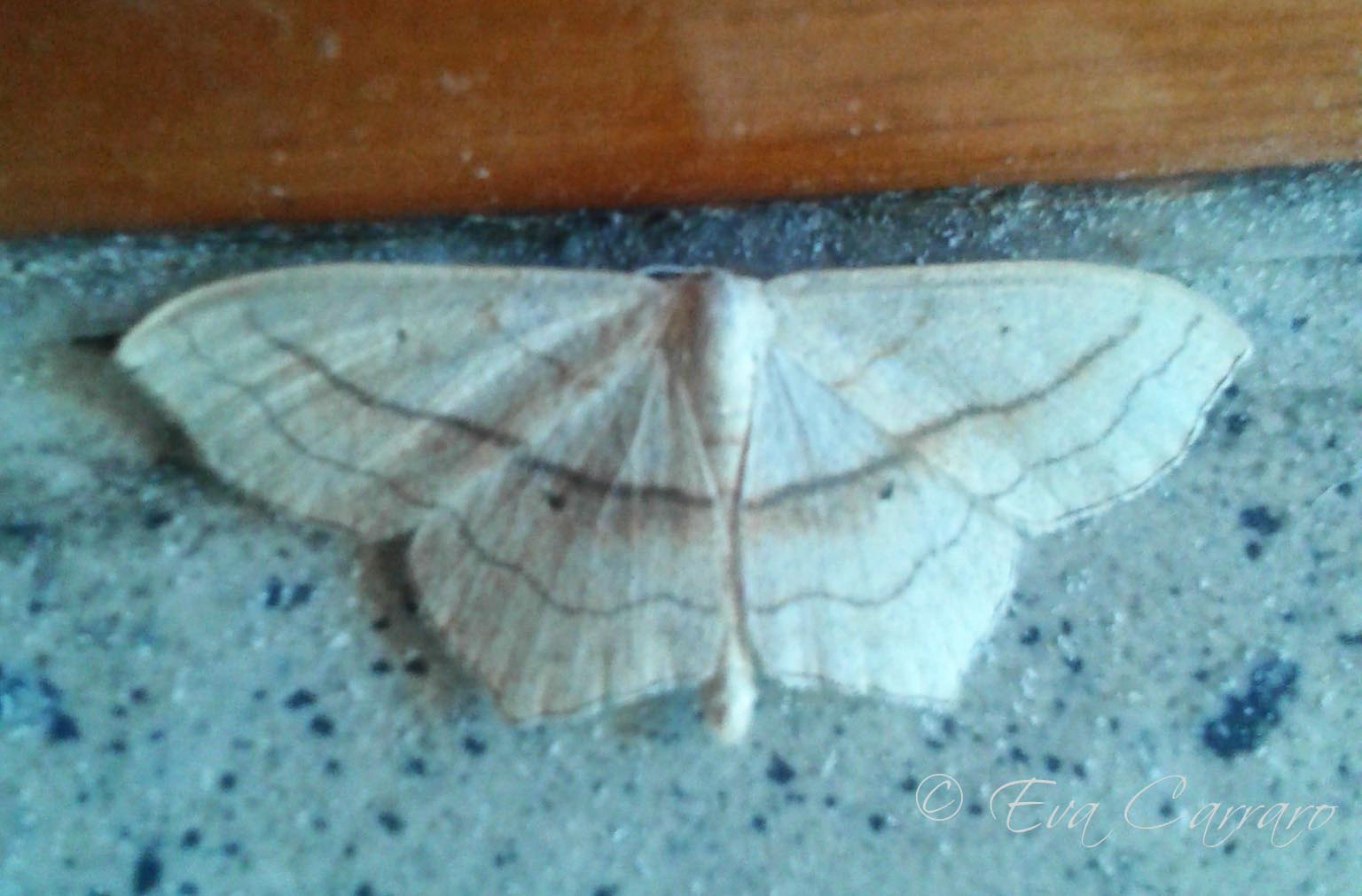
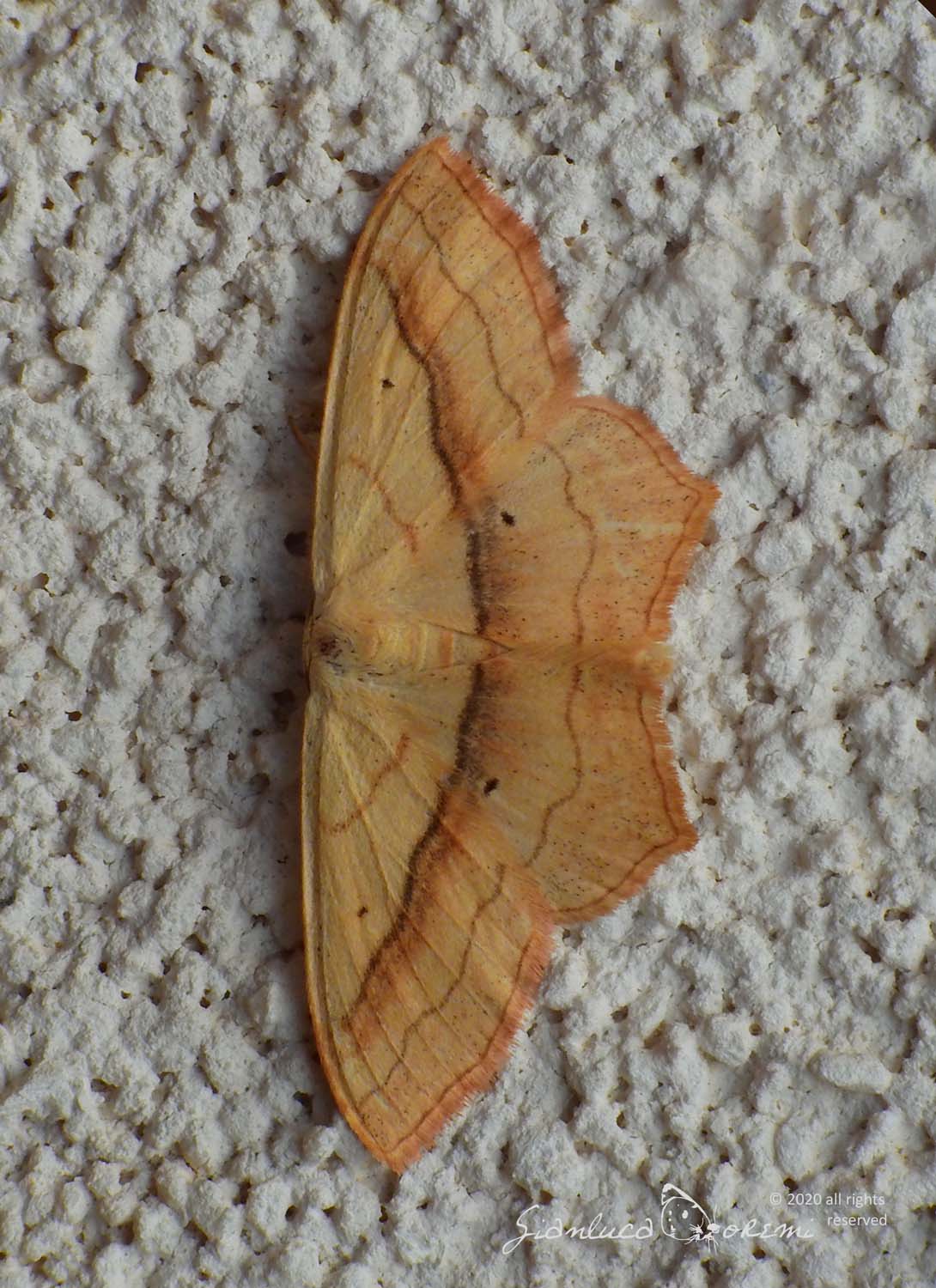

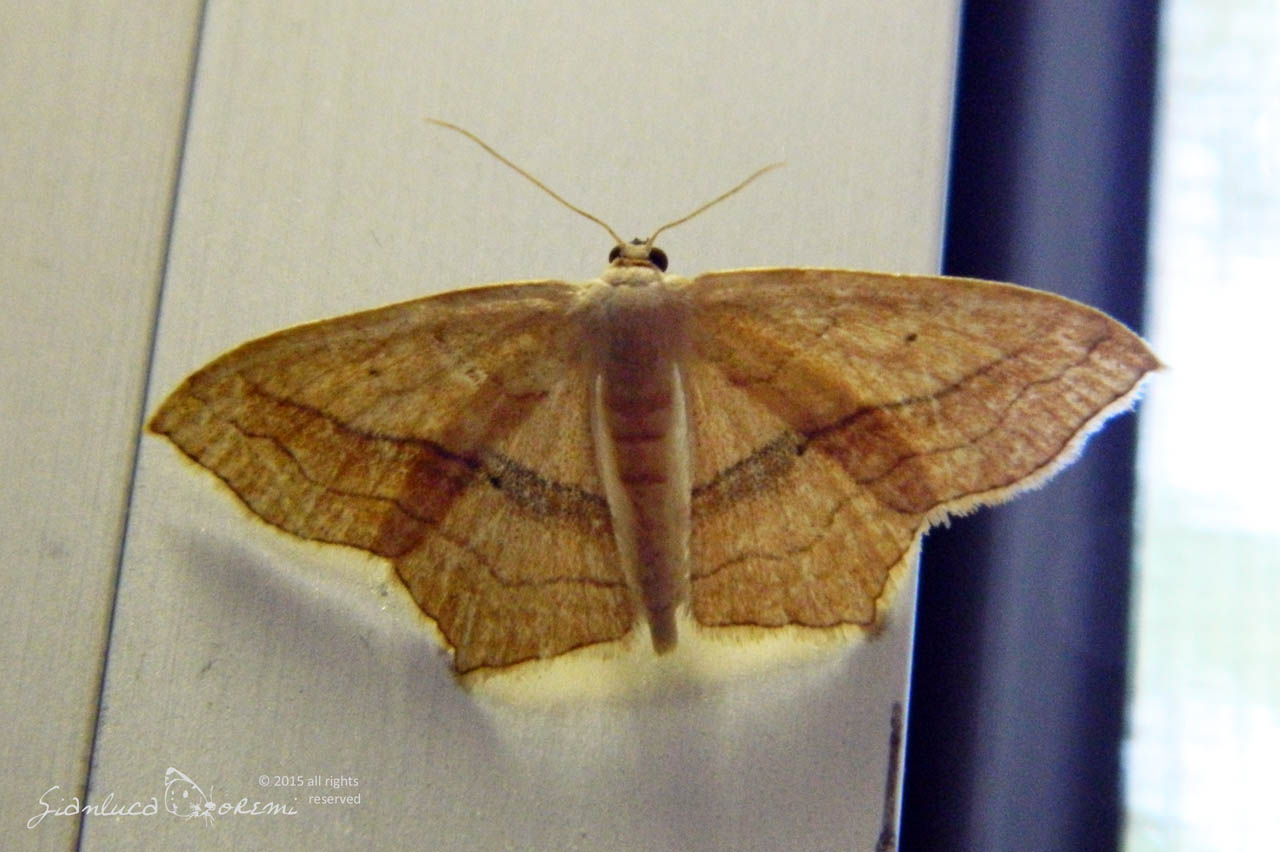
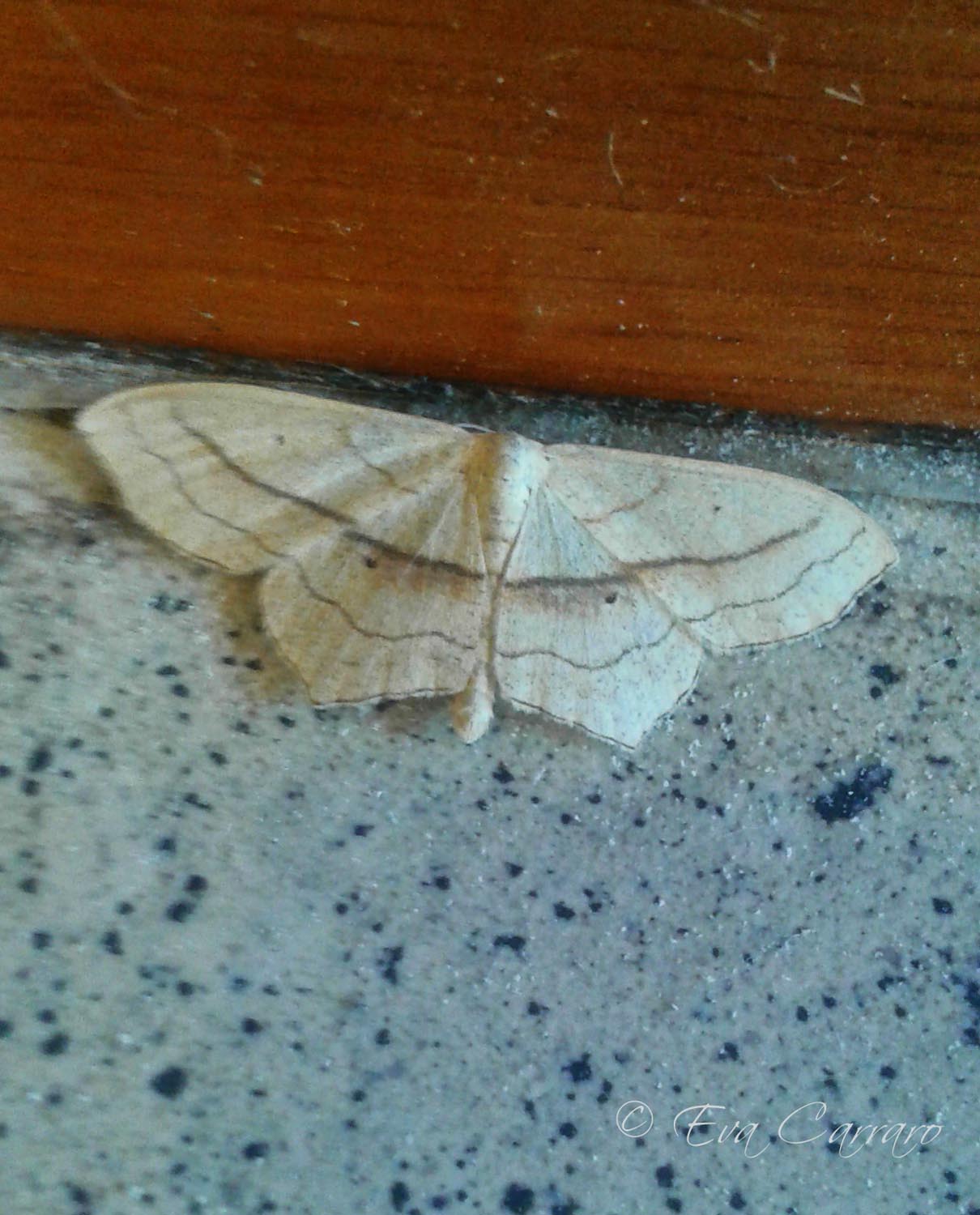

 EN
EN ITA
ITA
Social and publications